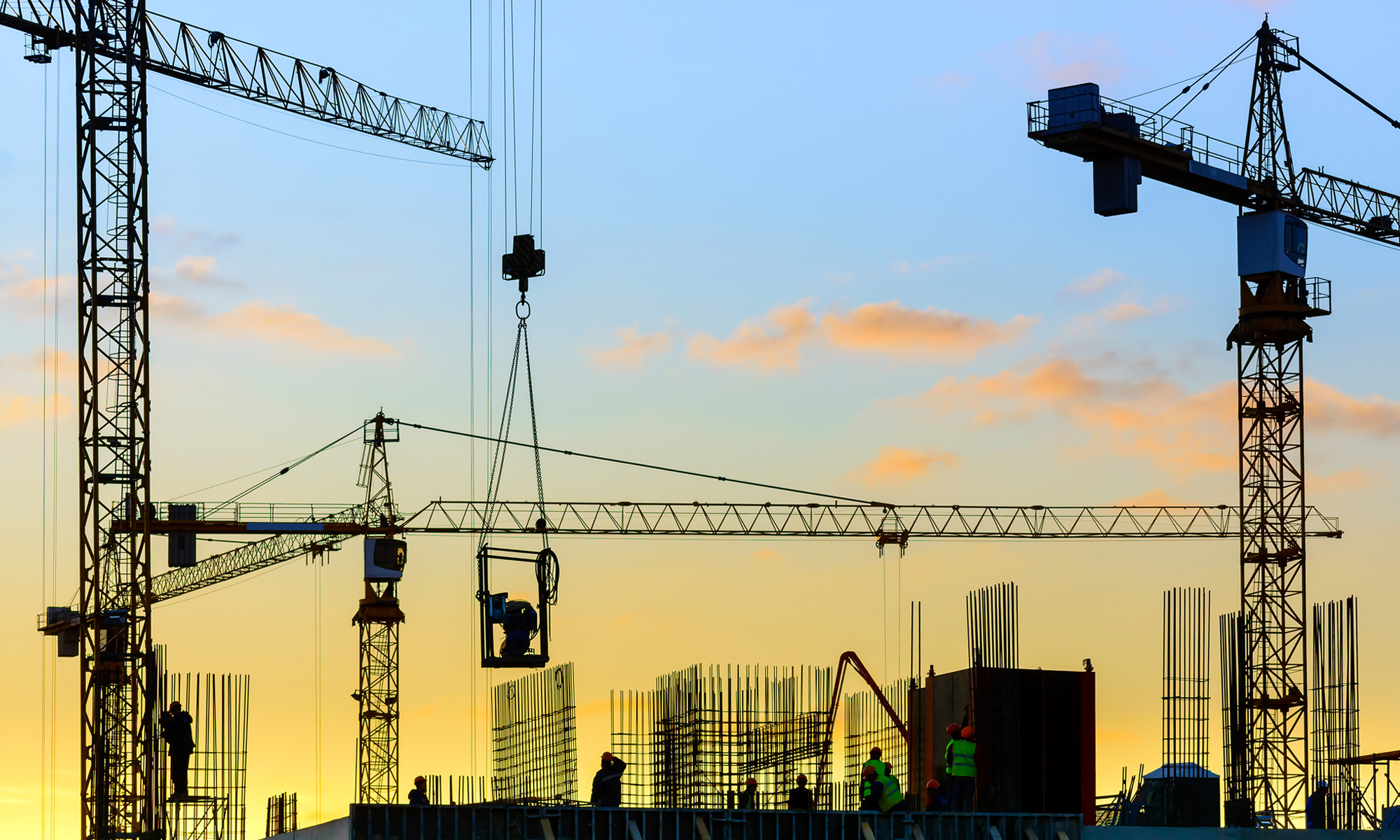On January 30, 2015, President Barack Obama signed an executive order requiring all federally funded construction projects to take into account flood risks linked to climate change. Federal agencies will now be required to account for the impact of possible flooding from rising sea levels resulting from global warming by meeting one of following three requirements:
- Use the best-available climate science.
- Build two feet above the 100-year (1 percent annual chance) flood elevation for standard projects and three feet above for critical buildings like hospitals and evacuation centers.
- Build to the 500-year (0.2 percent annual chance) flood elevation.
The objective of the new policy is to build federal buildings and highways at safe distances away from flood areas that are expected to deteriorate as a result of climate change. “By requiring that Federally funded buildings, roads and other infrastructure are constructed to better withstand the impacts of flooding, the President’s action will support the thousands of communities that have strengthened their local floodplain management codes and standards, and will help ensure Federal projects last as long as intended,” the White House Council on Environmental Quality said in a fact sheet.
Rachel Cleetus, the lead economist and climate policy manager with the Climate and Energy Program at the Union of Concerned Scientists, called the President’s action common sense. Below is Ms. Cleetus’ statement.
“This should be one of the least controversial executive orders the president has ever released. Why would the federal government build or repair buildings in ways that continue to put communities at risk? And why would we waste taxpayer dollars rebuilding in ways that are likely to result in repeated future flooding damages? This executive order is simply common sense. In fact, many communities across the country already recognize this and have issued building design guidelines that call for two feet of freeboard above the 100-year base flood elevation.
“This standard hasn’t been substantially changed in 37 years. Meanwhile, flood losses have increased and will continue to get worse with climate change, which is increasing flooding risks by contributing to higher seas and more severe storm surge along our coasts, and also heavier rains in some parts of the country. At the same time, more development in coastal areas is putting more people and property at risk.
“We’re also now seeing flooding on sunny days. Flooding during high tides—something that rarely occurred in the past—is now common in some places on the East and Gulf coasts of the U.S. Tidal flooding is expected grow to the point that sections of coastal cities will flood so often they’ll become unusable in the near future, according to a study the Union of Concerned Scientists released in October. Most of the 52 coastal towns we looked at could see a tripling in annual tidal floods in 15 years and a tenfold increase in 30 years.
“It’s bad policy to rebuild in ways that perpetuate our risk of flooding and to sink taxpayer dollars into risky rebuilding efforts. Federal funds should instead be spent on making coastal communities more resilient to sea level rise and coastal flooding.”
To read the Executive Order, click here.
To read the Federal Flood Risk Management Standard, click here.
To read the White House Council on Environmental Quality fact sheet, click here.
